What is a High Rate Battery?
A high rate battery generally refers to a lithium battery, and a lithium-ion battery is a high-charge battery that relies on lithium ions to move between a positive electrode and a negative electrode to operate.
High rate battery
During charge and discharge, Li+ is embedded and deintercalated between the two electrodes: when charging the battery, Li+ is deintercalated from the positive electrode, embedded in the negative electrode via the electrolyte, and the negative electrode is in a lithium-rich state; A battery containing a lithium element as an electrode is generally used. It is the representative of modern high-performance batteries. Lithium batteries are classified into high-rate batteries and lithium-ion batteries. At present, mobile phones and notebook computers use lithium-ion batteries, which are commonly referred to as high-rate batteries, and true high-rate batteries are rarely used in everyday electronic products because of their high risk. Lithium-ion batteries have high energy density and high uniform output voltage. Self-discharge is a small, good battery, less than 2% per month (recoverable). There is no memory effect. The operating temperature range is -20 ° C ~ 60 ° C. The regenerative function is excellent, the battery can be charged and discharged quickly, the charging efficiency is up to 100%, and the output power is large. long-lasting. It does not contain toxic or hazardous substances and is called a green battery.
The battery charging
It is an important step in the repeated use of the battery. The charging process of the lithium-ion battery is divided into two stages: a constant current fast charging phase and a constant voltage current decreasing phase. During the constant current fast charging phase, the battery voltage is gradually increased to the standard voltage of the battery, and then the constant voltage is turned under the control chip, the voltage is no longer raised to ensure that the battery is not overcharged, and the current is gradually reduced to the rise of the battery power. Set the value and finish charging.
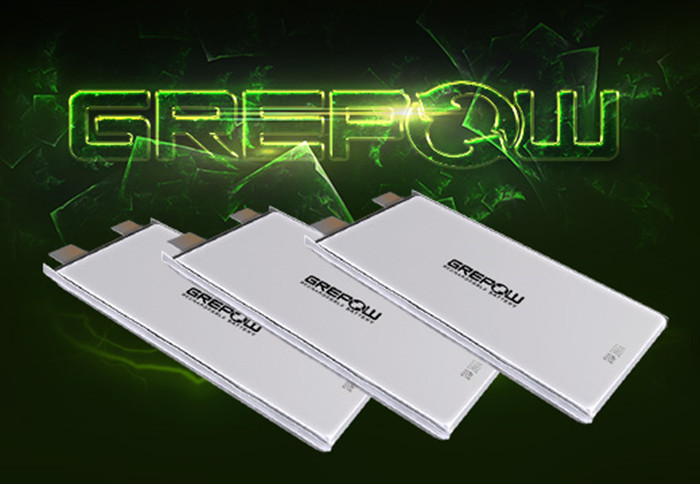
The power statistics chip can calculate the battery power by recording the discharge curve. After the lithium-ion battery is used for many times, the discharge curve will change. Although the lithium-ion battery does not have a memory effect, improper charging and discharging will seriously affect the battery function.
Charging considerations
Excessive charging and discharging of lithium-ion batteries can cause permanent damage to the positive and negative electrodes. The excessive discharge causes the negative carbon sheet structure to collapse, and the collapse causes lithium ions to be inserted during charging; excessive charging causes excessive lithium ions to be embedded in the negative carbon structure, which causes the lithium ions in the sector to be released again. The charging amount is the charging current multiplied by the charging time. When the charging control voltage is constant, the charging current is larger (the charging speed is faster), and the charging amount is smaller. The battery charging speed is too fast and the termination voltage control point is improper, which also causes the battery capacity to be insufficient. Actually, the battery electrode active material does not fully react and stops charging. This phenomenon of insufficient charging is aggravated by the increase in the number of cycles.
The battery discharge
For the first charge and discharge, if the time is long (usually 3 - 4 hours is sufficient), then the electrode can reach the highest oxidation state (sufficient power) as much as possible, and the discharge (or use) is forced to The set voltage, or until the automatic shutdown, such as the ability to activate the battery capacity. However, in the ordinary use of the lithium-ion battery, it is not necessary to operate like this, and it can be charged as needed at any time, and it is not necessary to be fully charged when charging, and it is not necessary to discharge first. For the first time charging and discharging, it is only necessary to perform 1 to 2 consecutive times every 3 to 4 months.
High rate battery application
For electric vehicles and hybrid vehicles, the core technology lies in high-rate batteries. Compared with other types of batteries, powerful lithium-ion batteries have the advantages of high cost and poor safety performance, but they have higher specific energy and long cycle life. Such important advantages, and therefore have a broader development prospect.

The technical development of power lithium-ion batteries is also changing with each passing day. Both the capacity and structure have been improved. Experts say that no matter which technical route the battery manufacturer adopts, it should meet the requirements of high safety, wide temperature difference, and charge and discharge functionality. Strong, high rate discharge and other conditions. Battery capacity involves technology and costs Lithium-ion batteries can be divided into small batteries and large batteries according to their size. Small batteries are usually used in 3C electronic products. The related technologies and industries have developed very maturely, and the overall profit is decreasing. More than 85% of current lithium-ion battery products are small batteries.
Large batteries are also commonly known as power batteries. There are also two types of small power batteries and large power batteries. The former is mainly used for electric tools and electric bicycles. The latter is used in electric vehicles and energy storage fields, all of which use high rate battery. At present, three types of electric vehicles, namely, pure electric (EV), plug-in hybrid (PHEV) and hybrid (HEV), are in a period of rapid development, which has attracted much attention from the industry. As the core of the future automotive industry, the development of the powerful lithium-ion battery industry has received unprecedented attention and has been raised to a strategic height by major countries.
Related Articles
-
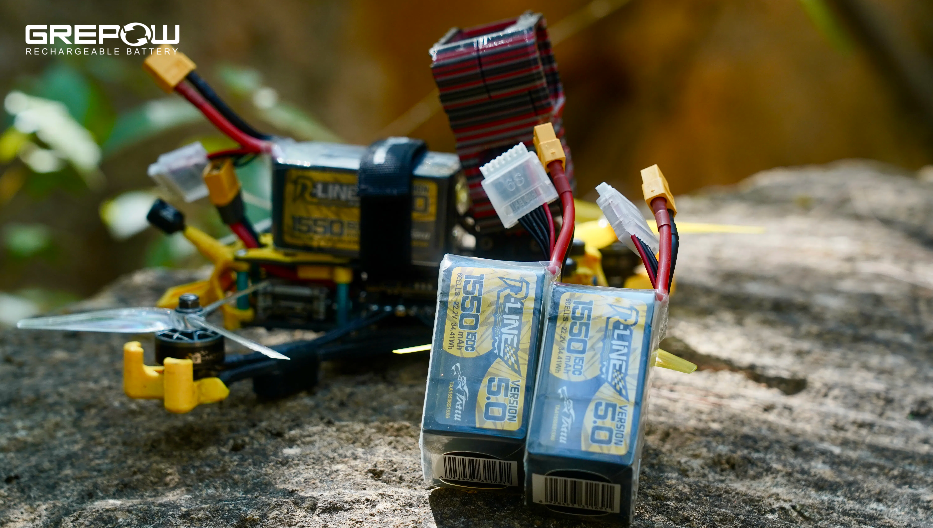
What Is a 7 Inch FPV Drone?
2025-04-15 -

Empowering Drone Training with Grepow’s Tailored Battery Solutions
2025-04-15 -
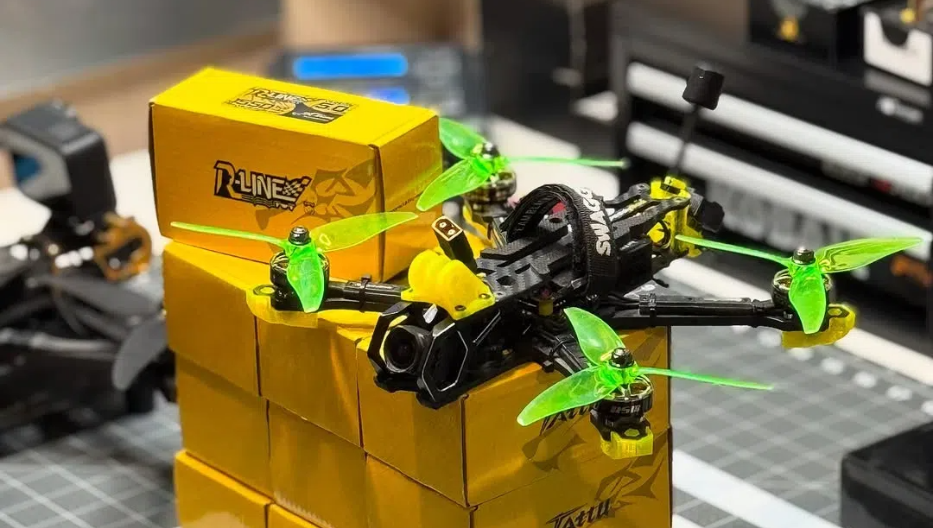
FPV Drone Types: All You Need to Know
2025-03-06
Related products
-
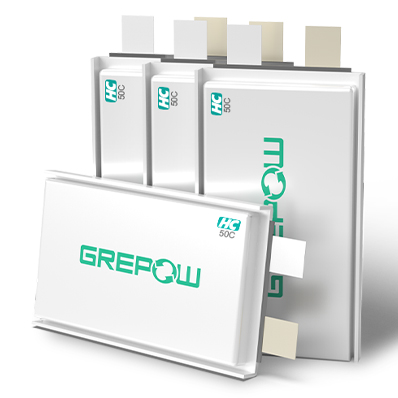
50C High Discharge Battery - High C Rate LiPo
-
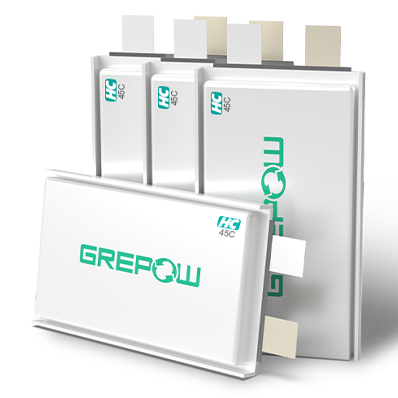
45C High Discharge Battery - High C Rate LiPo
-
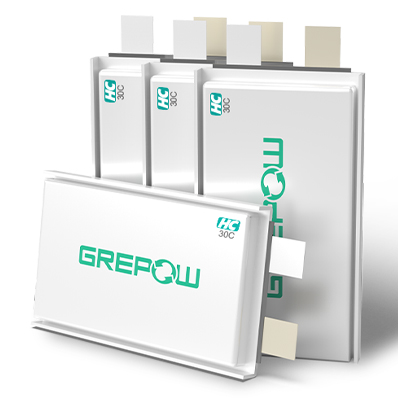
30C High Discharge Battery - High C Rate LiPo

















































